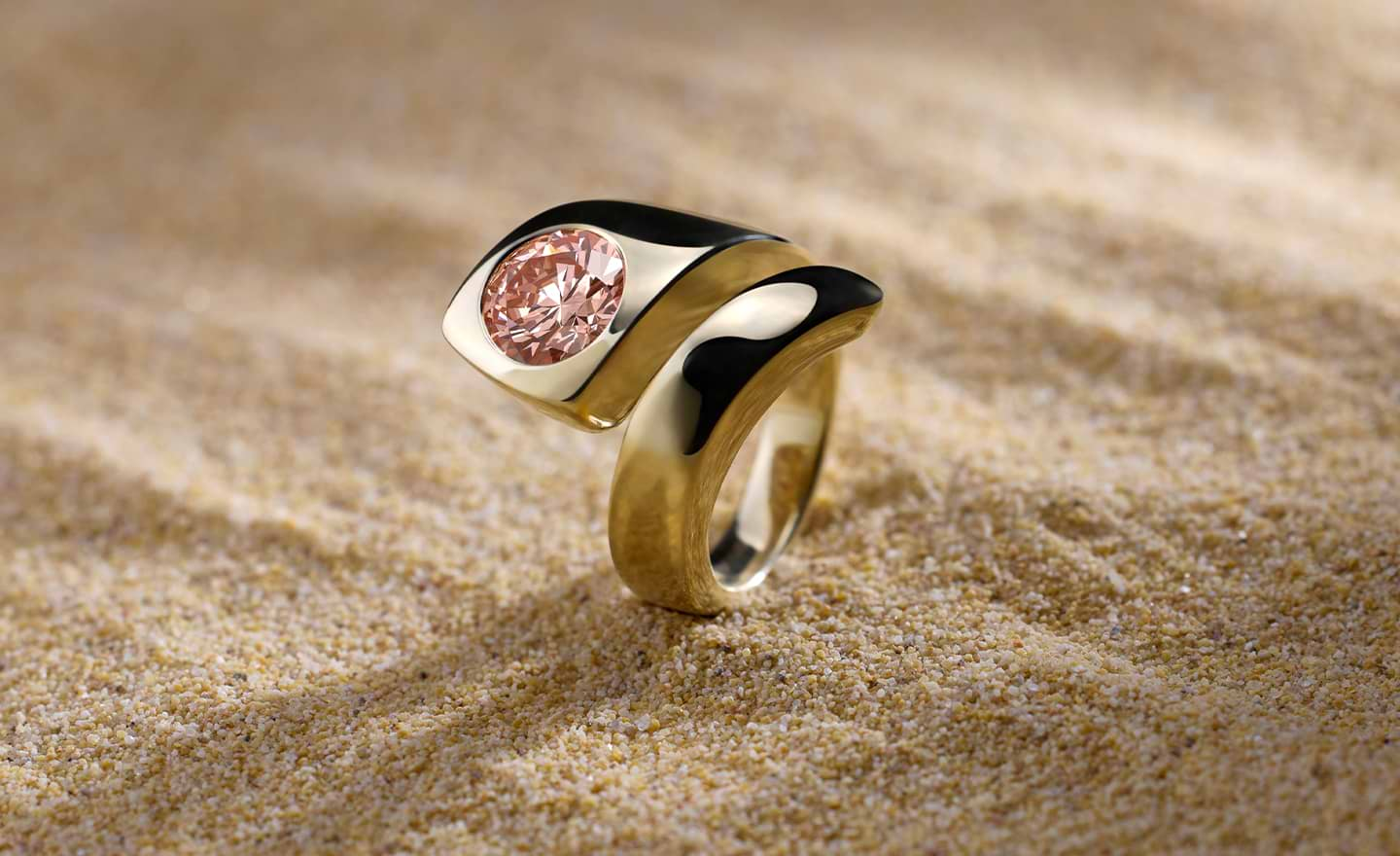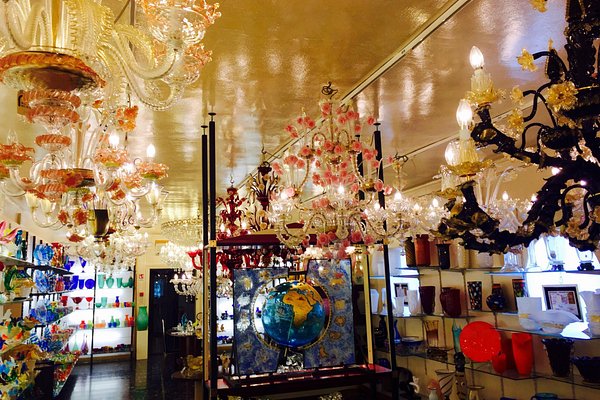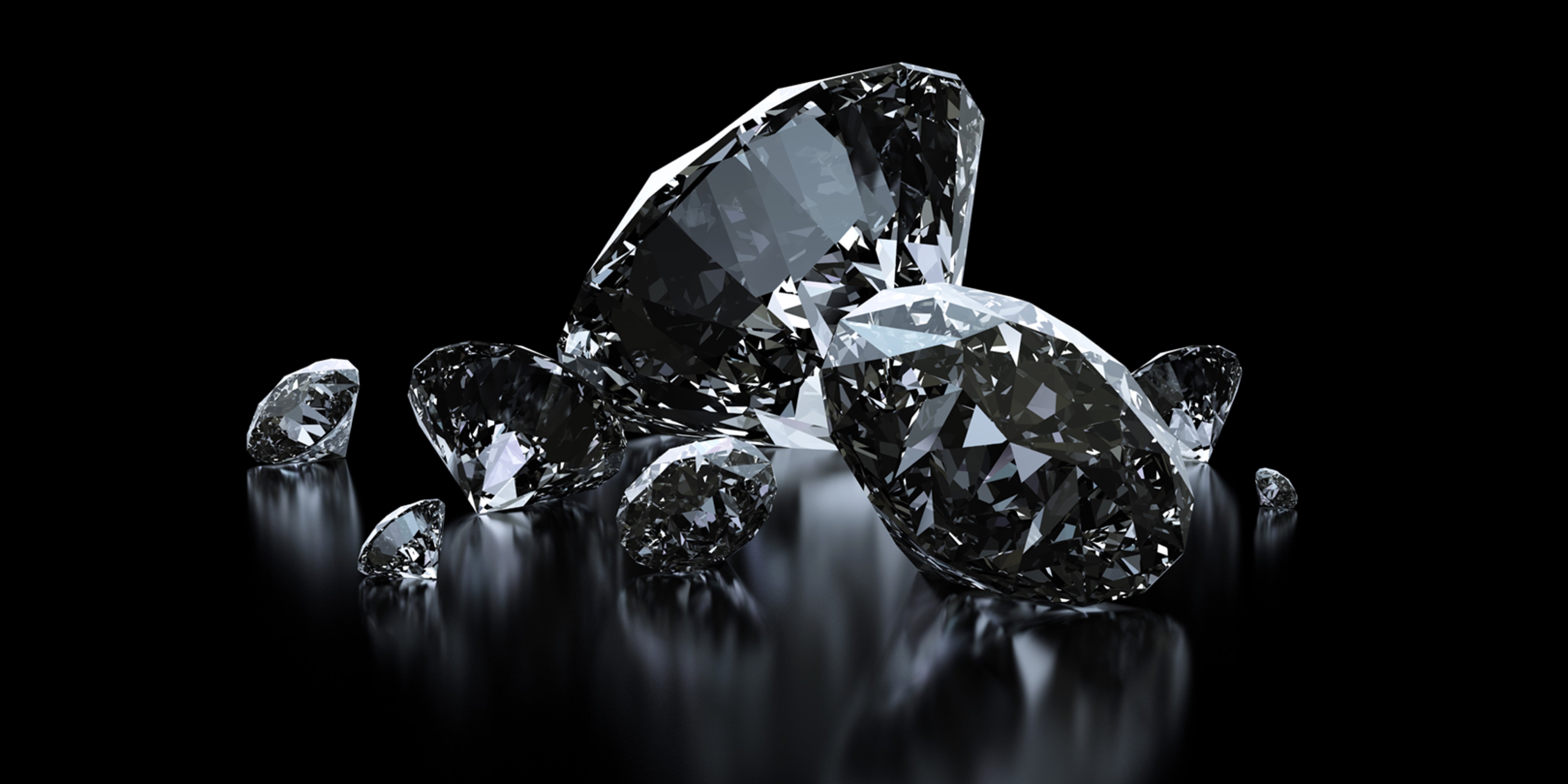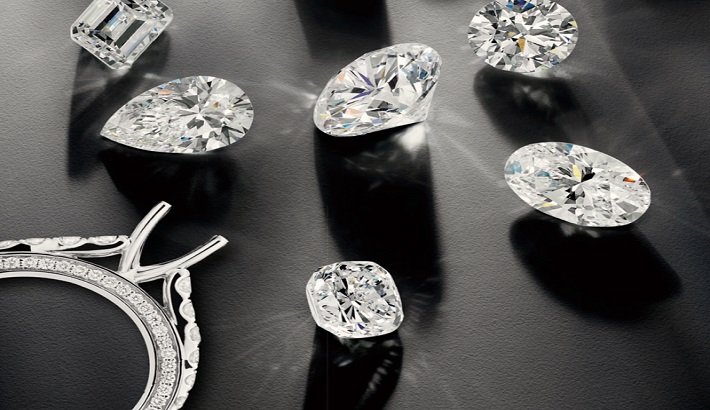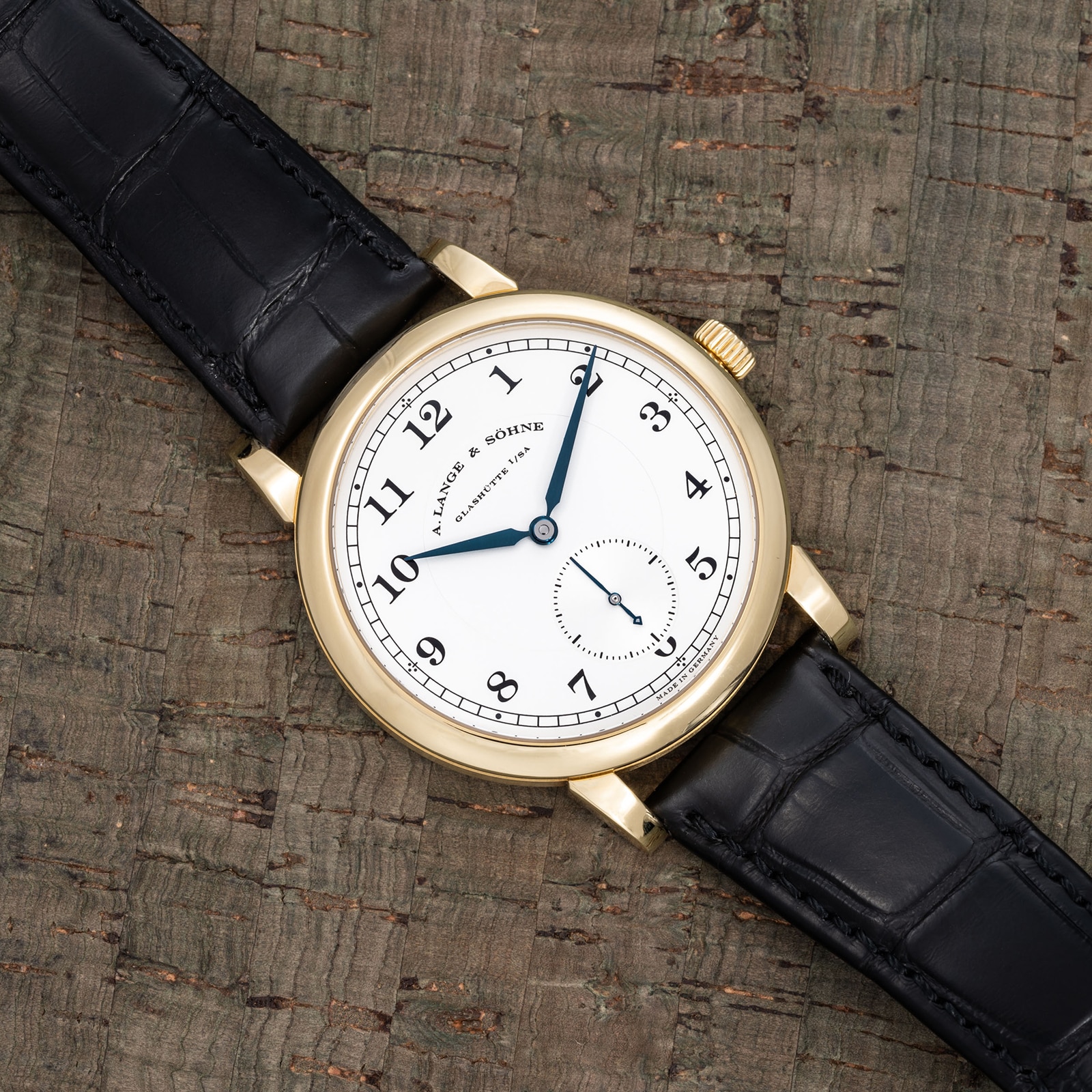When it comes to purchasing diamonds, understanding the 4Cs—Cut, Color, Clarity, and Carat Weight—is crucial in evaluating the beauty and value of a diamond. These same principles apply to both natural diamonds and lab-grown diamonds. With the rise in popularity of lab diamonds, many consumers are looking for an in-depth guide to understanding how these stones are graded and what makes them different from their natural counterparts. In this article, we will explore the significance of the 4Cs lab diamonds, helping you make an informed decision.
What Are Lab Diamonds?
Lab-grown diamonds are real diamonds that are produced in a controlled laboratory environment using advanced technological processes. These diamonds are chemically, physically, and optically identical to mined diamonds. The only difference between lab diamonds and natural diamonds is their origin—lab diamonds are grown in a lab, while natural diamonds are formed under the earth’s surface over millions of years. Lab diamonds are not diamond simulants like cubic zirconia or moissanite. They possess the same hardness (10 on the Mohs scale) and brilliance as mined diamonds, making them an ideal choice for engagement rings, wedding bands, and other fine jewelry.
Cut: The First C
The cut of a diamond refers to how well the diamond has been shaped and faceted. While a diamond’s cut doesn’t refer to its shape (like round, princess, or oval), it instead speaks to how well the diamond’s facets interact with light. The quality of the cut is critical because it impacts the diamond’s brilliance. Even a perfectly colorless, flawless diamond can appear dull if it has a poor cut.
For lab diamonds, just as with natural diamonds, a well-executed cut enhances the stone’s ability to reflect and refract light. The most common cut grading ranges from Excellent to Poor, with Excellent and Very Good cuts being the most desirable for achieving maximum sparkle. When shopping for lab diamonds, you should prioritize diamonds with a cut grade of Very Good or Excellent to ensure a bright, dazzling stone.
Color: The Second C
In the 4Cs grading system, color refers to the absence of color in a diamond. The scale used by the Gemological Institute of America (GIA) for color grading ranges from D (completely colorless) to Z (light yellow or brownish hues). The closer a diamond is to being colorless, the higher its value.
Lab diamonds are graded on the same scale, and just like natural diamonds, most consumers prefer stones in the D-F color range for engagement rings and fine jewelry. These diamonds appear icy white and do not exhibit noticeable yellow tints. However, diamonds in the G-J range can also provide excellent value as they exhibit only slight traces of warmth, which may not be visible to the untrained eye.
While lab diamonds can be created in various colors, ranging from fancy yellows to vivid blues, the most sought-after are colorless or near-colorless stones for their classic elegance and timeless appeal.
Clarity: The Third C
Clarity refers to the presence of internal or external imperfections in a diamond, known as inclusions and blemishes. These imperfections occur naturally in mined diamonds during their formation. However, lab diamonds, being grown in controlled environments, tend to have fewer inclusions compared to their natural counterparts.
The GIA clarity scale ranges from Flawless (FL) to Included (I), with several intermediary grades such as VVS (Very, Very Slightly Included) and VS (Very Slightly Included). Most lab diamonds fall within the VS1 to SI1 range, meaning that they have slight inclusions that are not visible to the naked eye. These diamonds offer an excellent balance between beauty and affordability.
When selecting a lab diamond, choosing a clarity grade of VS1 or higher ensures that any inclusions are minor and cannot detract from the diamond’s overall appearance.
Carat Weight: The Fourth C
Carat weight is perhaps the most well-known aspect of diamond grading. It refers to the actual weight of the diamond, with one carat equal to 0.2 grams. Carat weight has a significant impact on the price of a diamond, with larger stones generally being more expensive due to their rarity.
However, carat weight is not the only factor that determines a diamond’s visual size. A well-cut lab diamond with a higher cut grade can appear larger than a poorly cut diamond of the same carat weight. Additionally, factors like the shape of the diamond and the style of the setting can also affect how large a diamond appears to the eye.
When purchasing lab diamonds, you’ll notice that lab-grown diamonds offer larger carat sizes at more affordable prices compared to their natural counterparts. This makes them an attractive option for those seeking a bigger, more impressive stone without exceeding their budget.
How Lab Diamonds Compare to Natural Diamonds
The rise of lab-grown diamonds has sparked a significant shift in the jewelry industry. These diamonds are nearly indistinguishable from natural diamonds and offer several key benefits. First, lab diamonds are often more affordable, sometimes costing 30-50% less than a natural diamond of similar quality. This price difference allows buyers to choose a higher-quality stone or larger carat size within their budget.
Secondly, lab diamonds are considered more eco-friendly and ethically sourcedsignificant than mined diamonds. The mining process can have environmental consequences, and concerns over unethical labor practices in certain regions have pushed many consumers toward lab-grown options.
Lab diamonds also give buyers the assurance of knowing their diamond’s origin. These stones are created in controlled settings with minimal environmental disruption and without the ethical concerns tied to some diamond mines.
Longevity and Value of Lab Diamonds
One question often asked is whether lab diamonds hold their value in the same way as natural diamonds. While natural diamonds are traditionally seen as long-term investments, lab diamonds typically do not appreciate in value over time in the same way. However, for many buyers, the primary concern is not resale value but rather the immediate joy of owning a beautiful, ethically sourced gemstone.
Despite this, lab diamonds are not inferior in terms of quality or durability. As they are made of pure carbon, they have the same hardness as natural diamonds and are equally resistant to scratching, chipping, and wear. Properly cared for, lab diamonds can last a lifetime, making them a fantastic choice for engagement rings and heirloom pieces.
Conclusion: The Future of Lab Diamonds
As the technology for creating lab-grown diamonds continues to advance, more and more consumers are recognizing the benefits of these stones. Lab diamonds offer an affordable, ethical, and eco-friendly alternative to natural diamonds without compromising on beauty or durability. By understanding the 4Cs of lab diamonds—Cut, Color, Clarity, and Carat Weight—you can confidently select a diamond that suits your style and budget.


